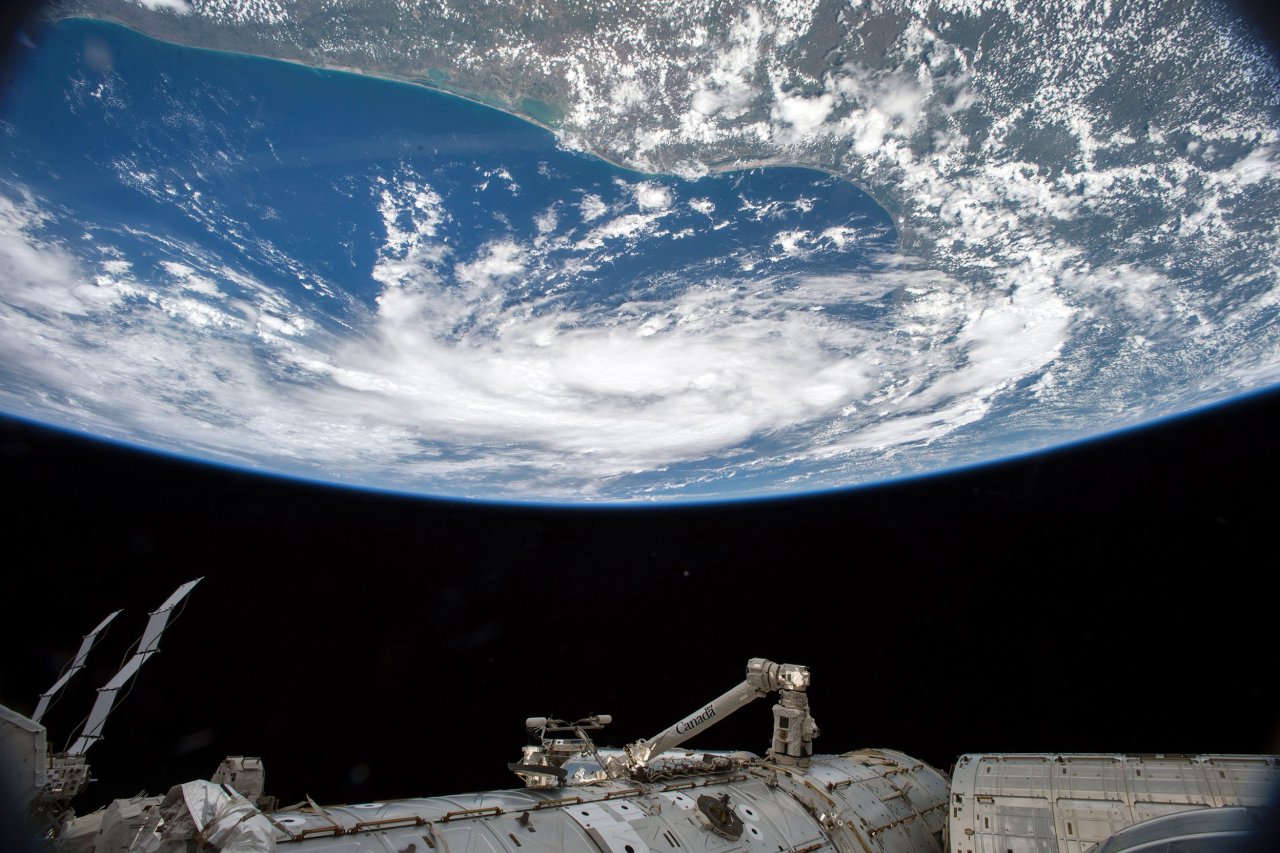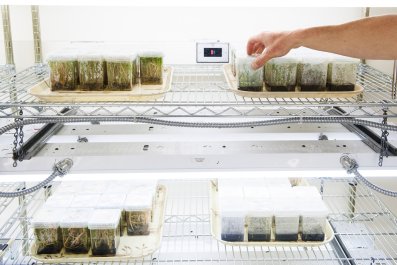Somewhere on the planet, there must be one small knob we can turn that will send global warming into reverse. Maybe it's that proverbial butterfly in China, and we have to stomp on it before it flaps its wings and sets up a breeze that causes El Niño to melt Antarctic ice.
But to find the knob, we'll have to understand weather as we've never been able to. Forget about forecasts that tell you it will snow 6 to 8 inches tomorrow. That's about as useful to weather control as predicting that if you drink a liter of Jack Daniel's, you'll wake up with a headache. We need to know, in micro-detail, how weather works and exactly what will happen if we adjust its mechanisms.
We're getting closer. And if you follow the technology's trend lines, it seems possible we can learn how to turn down Earth's thermostat. Then we'll have to figure out if it's more dangerous to mess with the weather or just hope climate change doesn't turn New York City into Atlantis. As Harvard professor David Keith once told The New Yorker about a possible method of cooling the weather: "When you start to reflect light away from the planet, you can easily imagine a chain of events that would extinguish life on earth."
In other words, we really don't want to turn the wrong knob.
This is an auspicious time in the understanding of weather. As IBM Research weather scientist Lloyd Treinish tells me, there are three important pieces to weather modeling. The first is getting enough data from weather monitors to analyze. Second is having the computing power to crunch such voluminous data and run it through the weather-modeling algorithms. The third is the quality of the algorithms, which, in a circular manner, relies on scientists understanding weather well enough to write equations that help us better understand the weather. "Each feeds off each other," Treinish says. "Over a period of only a few years, there can be dramatic changes in what can be done."
So let's start with data inputs. The more tiny variations in weather that can be captured and crunched, the better. Weather data today comes in from far more sources than ever. IBM is buying the Weather Company for $2.5 billion, in part to get its 147,000 micro-weather stations around the world. For perspective, McDonald's operates a measly 35,000 restaurants. Weather prediction today is roughly twice as accurate as it was a few years ago, and so much data is a big reason.
So imagine if today's data is like a sprinkle before the deluge. We're at the dawn of the Internet of Things, which promises to distribute billions of sensors worldwide, many of them capable of reading temperature, wind, humidity or other qualities. A company called Sensity promises to turn every streetlamp into a smart sensor that could contribute weather data. In the next decade, scientists will in some cases be able see weather differences from one end of the block to the other.
As always, the challenge of so much data is having the computing power to use it. This fall, the National Oceanic and Atmospheric Administration, the U.S. grand weather pooh-bah, is installing two supercomputers that will give the agency a tenfold boost in capacity. If you look out a decade from now, potential computing power available for modeling the weather will seem almost infinite from today's viewpoint.
The likely holdup will be the algorithms. Weather is perhaps the most complex system on Earth. It follows known laws of physics, but patterns can be altered by random acts of chaos. That butterfly in China contributes to weather changes, as does a jumbo jet takeoff, a volcanic eruption and your dog's flatulence. Models improve as scientists compare their predictions to data about what actually happened, so the rush of new data and computing power will continue to hone the algorithms.
How good can we get? Today, models can forecast most weather three to four days out with pretty reliable accuracy. A few years ago, the best was one to two days out. The pace of improvement is speeding up. Treinish says the models can never be perfect—there's too much complexity involved. But our understanding is getting much better very quickly.
The thing is, we already know we can change the weather. Scientists have studied the way volcanic ash lofted into the atmosphere can block sunlight and cool the planet, and they have theorized about ways to release reflective particles in the sky to do the same. Cloud seeding works—the Chinese in 2008 used it to make sure clouds dropped their rain before drifting over Beijing's Olympic stadium.
Weather control has been a discussion for a while. So-called "geo-engineering" is both real and a preoccupation of the conspiracy theory set. In 1996, the U.S. Air Force published a study, Owning the Weather in 2025, that concluded, "Achieving such a highly accurate and reasonably precise weather-modification capability in the next 30 years will require overcoming some challenging but not insurmountable technological and legal hurdles." The Chinese employ 37,000 people in something called the Beijing Weather Modification Office. Sooner or later, some outfit is going to grow tired of painstaking political solutions to climate change and try something radical.
The key, then, will be having the computer models that tell us what will happen if we muck with the weather and how to deftly turn the fine-tuning knobs instead of throwing a big risky switch. Otherwise, as the Harvard guy said, we could wind up making the planet into a permanent snow cone.






















